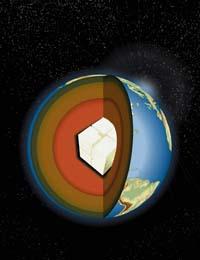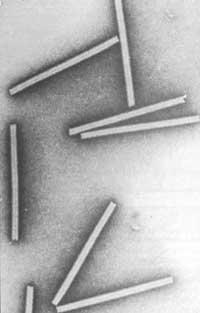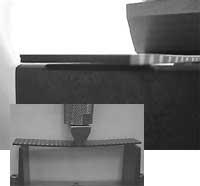The anisotropy of the illuminated terrestrial core
2008/03/01 Elhuyar Zientzia Iturria: Elhuyar aldizkaria

A group from Uppsala University has discovered the structure of iron in the terrestrial nucleus. Iron is the main component of the nucleus and, due to its structure, the nucleus presents an anisotropic behavior. That is, it has some properties or others depending on the direction that is taken. For example, the sound or seismic waves that cross the core pass 3-4% faster when they go north-south than when they go parallel to the equator.
The Swedish group proposes that iron has a cubic structure centered on the body, that is, in the vertices of each cube is placed an iron atom and in the center of each cube is placed another atom. The orientation of the cubes is also special: the diagonal of the cube is parallel to the axis of rotation of the Earth.
Simulations of molecular dynamics have shown that these structures and orientations allow anisotropy to occur as measured.
It did not happen with the explanation given so far. According to this explanation, iron formed hexagonal crystals that took a certain orientation. But this explanation had a problem: In conditions of pressure and temperature in the core of the Earth, iron hexagons have a very isotropic behavior.

Gai honi buruzko eduki gehiago
Elhuyarrek garatutako teknologia






